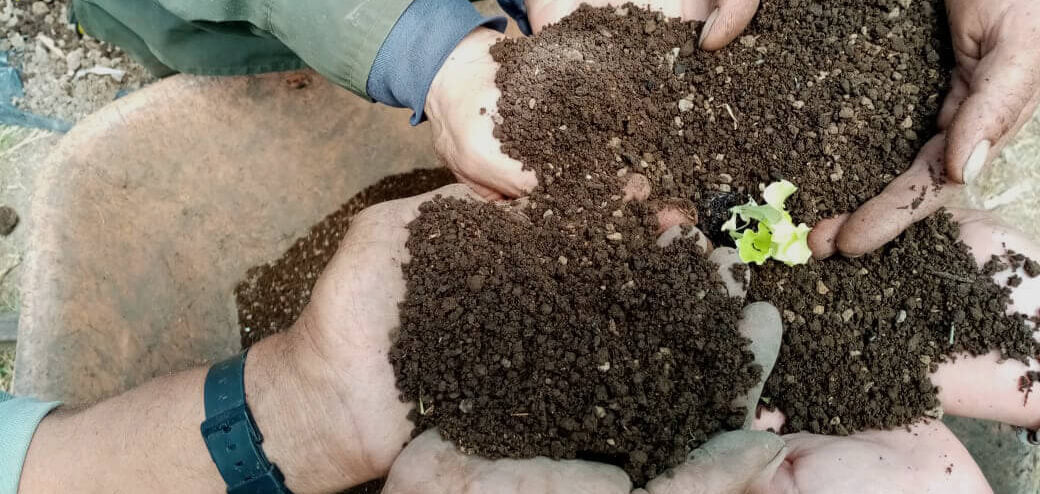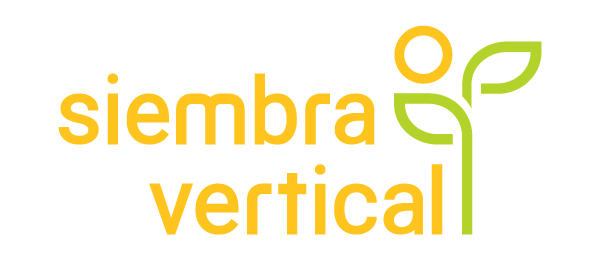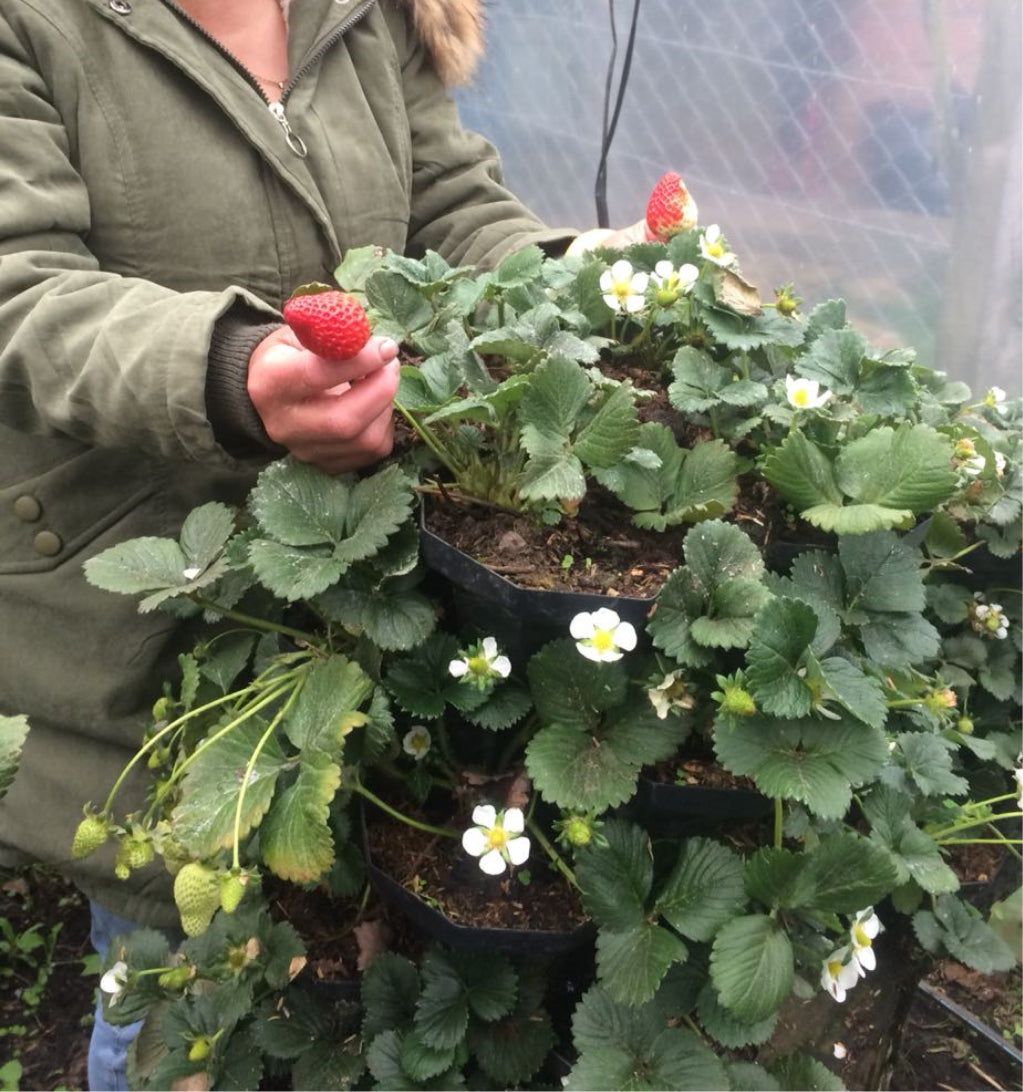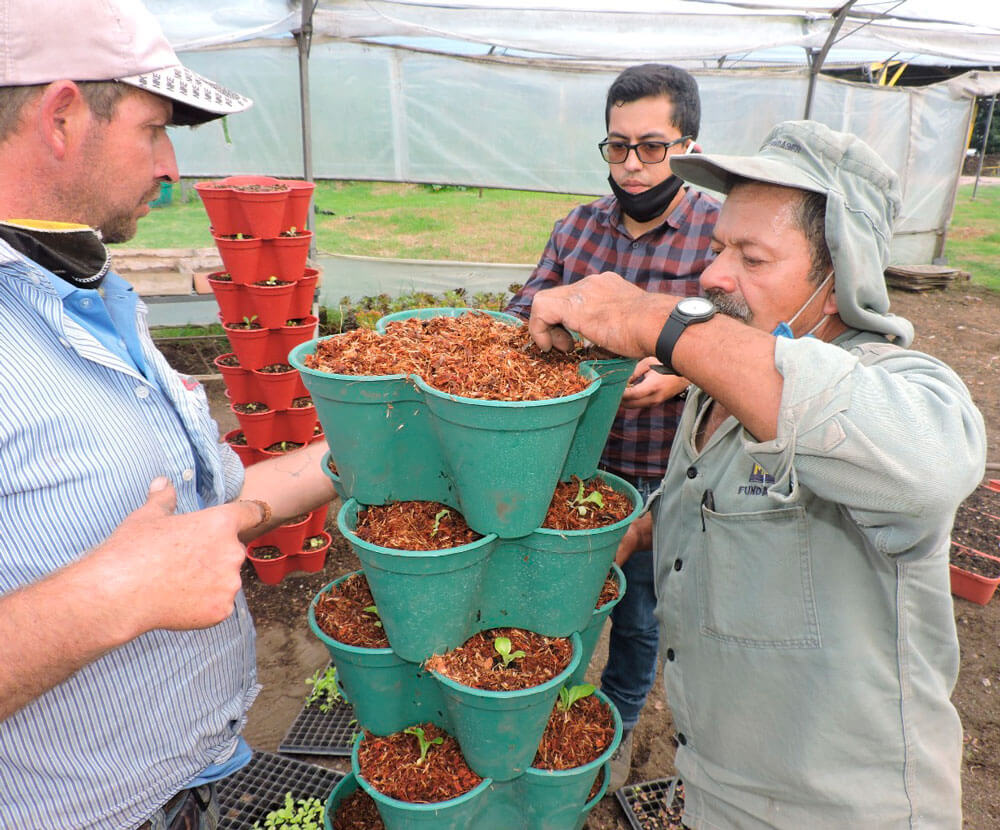
Our social impact
Creating an impact with vertical farming
-
Bringing environmental, social, and economic value to contexts where the consequences of global warming,
soil degradation, and urbanization are affecting farmers the most.We at Hexagro strive to allow anybody, anywhere to access healthy food by
increasing the accessibility to vertical farming technologies for consumers and producers.
-

-

-
This is Hexagro's sister brand to which we transfer technical knowledge, data and technologies to empower farmers and local communities in contexts where the consequences of global warming, soil degradation and urbanization are affecting farmers the most.
Vertical farming can become an impactful solution but currently, these technologies are only accessible to companies that can cover the costs for launching such specialized operations and infrastructure.
-
Vertical Pots | Poty System
We install vertical farming systems in social projects in Colombia thanks to our partnership with local foundations.
For every Poty product sold, we finance more pots to install across social projects in developing countries.
Our customers are not only improving their wellbeing by doing urban farming but also supporting vulnerable communities to adopt sustainable agriculture practices. Installing vertical gardens with a simple solution that provides high value in terms of usability and productivity.
This system is being piloted by traditional farmers that don't have access to these kinds of methods. -

-
MATU | Modular Aeroponic Farming Unit
We are transferring our aeroponic technology and know-how to low-cost, high-yield, vertical farming systems that can be integrated into existing greenhouses.
This modular design is produced using recycled plastic materials and thanks to its stackable components is easy to pack and ship.
MATU allows the cultivation of 40 plants per tower, increasing the productivity of a greenhouse area. Thanks to the high-pressure aeroponic method it saves 90% of water, and 40% of fertilizers compared to soil-based methods. This system is being piloted by traditional farmers that don't have access to these kinds of methods.
-



